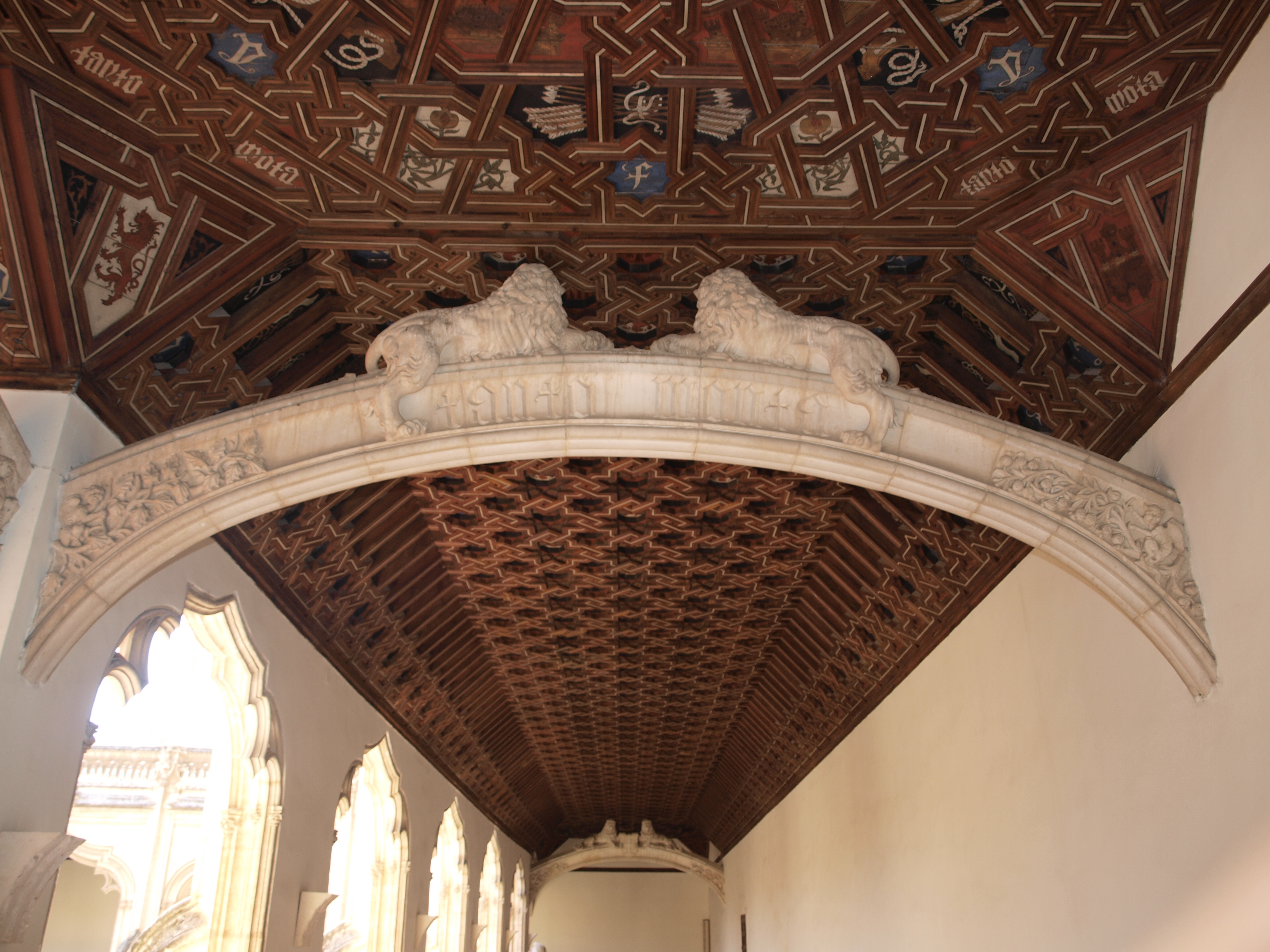|
Emma S. Fitzhugh House
The Emma S. Fitzhugh House is a historic mansion in Washington D.C., United States. It serves as the official residence of the Philippine ambassador to the United States. History The house was built in 1904 by William Lipscombs & Co. for Charles L. Fitzhugh and his wife Emma S. Fitzhugh and was designed by Waddy B. Wood under the firm, Wood, Donn and Dunning. In 1913, then Resident Commissioner of the Philippines, Resident Commissioner (and later President of the Philippine Commonwealth) Manuel L. Quezon visited the house. The Fitzhugh house also had Clarence M. Wooley, Sherman Flint and the Czechoslovakia, Czechoslovak Legation as its tenants. In 1931, Republican Party (United States), Republican Illinois's 9th congressional district, Illinois 9th district Representative Frederick Britten and his wife took residence in the house. The Brittens continued living in the house even after Congressman Britten's retirement from politics. The Brittens bought the house on June 19, 1941 from ... [...More Info...] [...Related Items...] OR: [Wikipedia] [Google] [Baidu] |
Spanish Renaissance Architecture
Spanish Renaissance architecture emerged in the late 15th century as Renaissance ideals reached Spain, blending with existing Gothic forms. Rooted in Renaissance humanism and a renewed interest in Classical architecture, the style became distinguished by a synthesis of Gothic and Italian Renaissance elements. The style is a creation of uniquely Spanish phases notable because of both rich ornamentation and restrained minimalism. The period saw contributions from the patronage of noble families, notably the House of Mendoza, and architects like Lorenzo Vázquez de Segovia, whose works in places like the in Valladolid, incorporated Tuscan-Roman motifs alongside Gothic forms. In the northern regions, Italian influences expanded, while local architectural styles (or schools) combined French, Flemish and Lombard styles in highly ornamental designs, seen in landmarks such as the façade of the Universidad de Salamanca. The distinctive Plateresque style also emerged, with decorative for ... [...More Info...] [...Related Items...] OR: [Wikipedia] [Google] [Baidu] |
